Stay Safe During a Disaster
Be Ready for Anything
The best defense against a disaster is to be prepared. We’ve gathered resources to help you and your family prepare. Use this information to help build a plan and a supply kit, and to make sure your family, home, and pets are prepared for a disaster.

